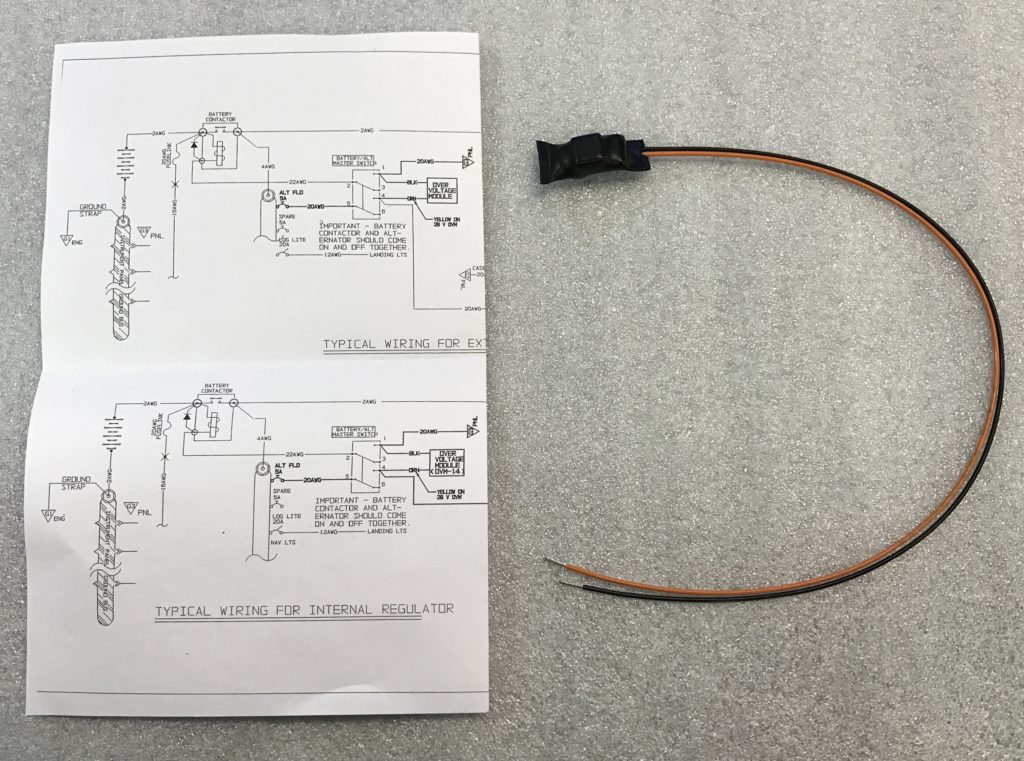ChuckGant
Well Known Member
OK, so I read through this entire thread regarding an over voltage situation that fried a guys avionics. After everyone went round and round about the situation, the thread never came to a sound conclusion before it was inexplicably closed.
I have an RV7 with a standard, internally regulated, Nippondenso alternator and I have just installed an EarthX battery. from the discussion in the referenced thread, because of the protective circuits in the EarthX battery, an over voltage situation could be quite catastrophic to all of the electronics on my aircraft.
The discussed solutions revolved around:
1. Keeping the lead acid battery.
2. Installing a Plane Power or B&C alternator with over voltage protection.
3. Installing a "crowbar" overvoltage protection in the system.
I would like to keep my new EarthX battery, and I would rather not spend another $500+ on a new alternator, so I am hoping for an easy solution using method #3.
I called around to several places, including B&C, who sells a crowbar circuit. The rep at B&C says that they do not make a crowbar circuit for an internally regulated alternator and did not have a solution other than buying their non-regulated alternator with an external voltage regulator with built-in over voltage protection. So that leaves me out of ideas.
At this point, I know just enough to be dangerous about this topic and am hoping one of you could point me towards an easy, detailed solution to this potential problem.
Thanks,
Chuck
I have an RV7 with a standard, internally regulated, Nippondenso alternator and I have just installed an EarthX battery. from the discussion in the referenced thread, because of the protective circuits in the EarthX battery, an over voltage situation could be quite catastrophic to all of the electronics on my aircraft.
The discussed solutions revolved around:
1. Keeping the lead acid battery.
2. Installing a Plane Power or B&C alternator with over voltage protection.
3. Installing a "crowbar" overvoltage protection in the system.
I would like to keep my new EarthX battery, and I would rather not spend another $500+ on a new alternator, so I am hoping for an easy solution using method #3.
I called around to several places, including B&C, who sells a crowbar circuit. The rep at B&C says that they do not make a crowbar circuit for an internally regulated alternator and did not have a solution other than buying their non-regulated alternator with an external voltage regulator with built-in over voltage protection. So that leaves me out of ideas.
At this point, I know just enough to be dangerous about this topic and am hoping one of you could point me towards an easy, detailed solution to this potential problem.
Thanks,
Chuck





